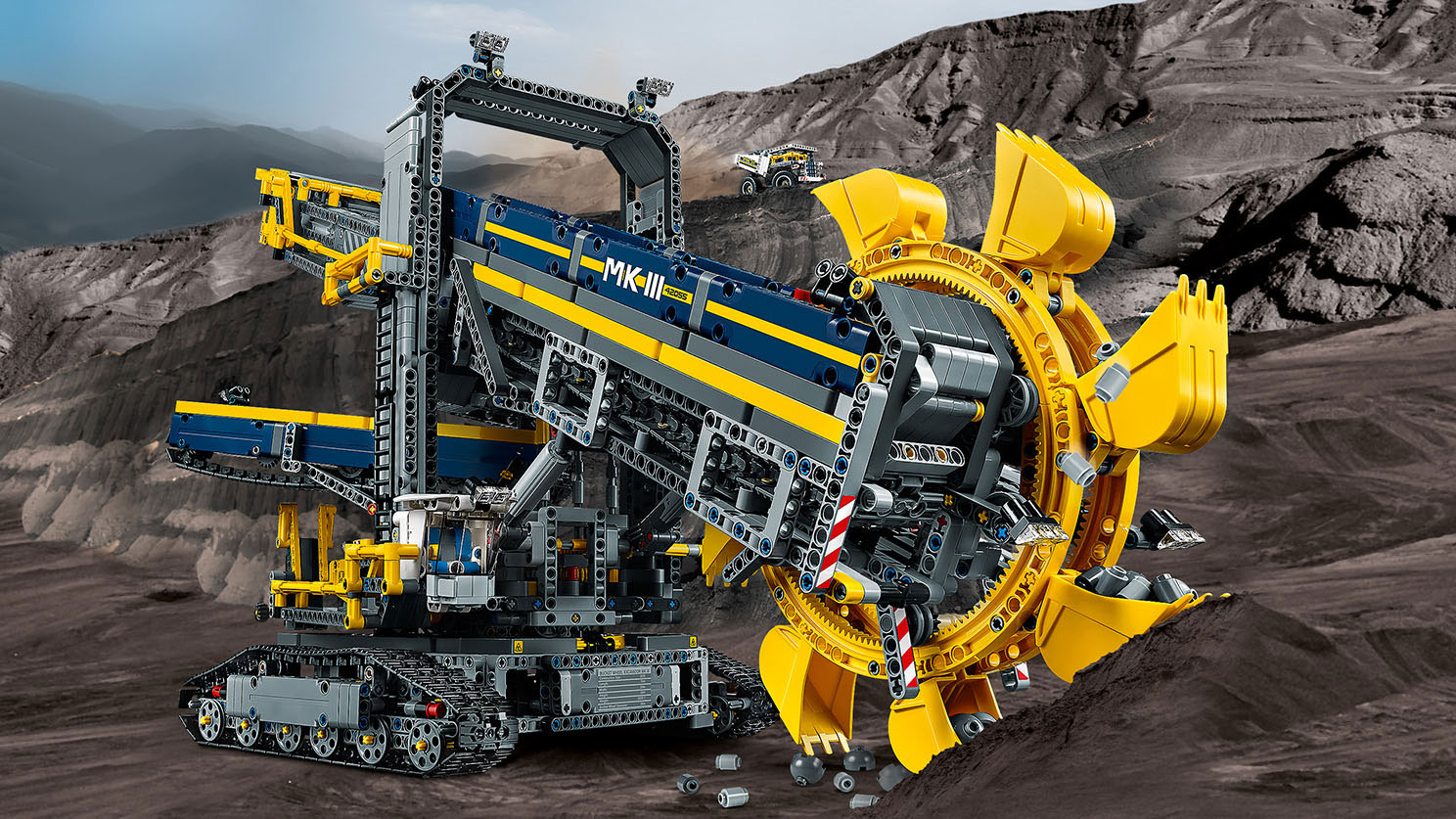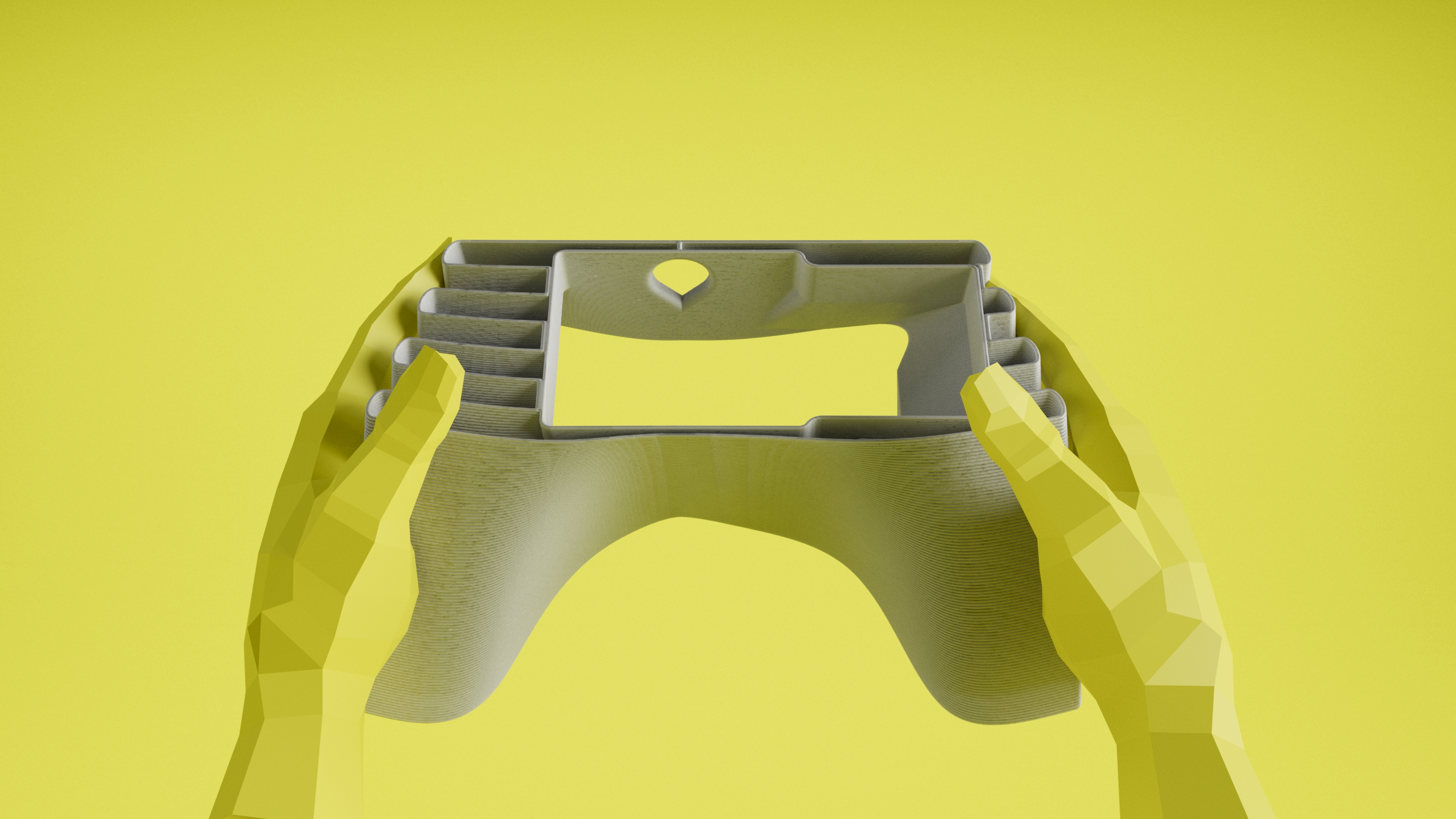Last sept 8th the Danish Design Center held a Future Fabrication Summit in Copenhagen’s Carlsberg Byen. The event was part of many very exciting events that happened in the same city since the 5th to the 10th of September 2017 as part of the Techfestival 2017. The summit gathered academics, entrepreneurs, and professionals to discuss the implications of digital fabrication in the creation of self-sustainable cities.
One of the most attractive models for digital manufacturing implementation is distributed manufacturing. Digital manufacturing integrates fabrication processes around a computer. Through computerized control, we can increase the available complexity of the product we fabricate. Robot arms, CNC mills, Laser Cutters, Waterjets, and 3D printers, use digital models to create precise reproductions without molds or human aid. Moreover, information about the product like orders, materials, and designs, can be transmitted as data to remote locations that have the same fabrication equipment and achieve the same results. Distributed manufacturing implements these two advantages in a fabrication scheme where products could be produced in small digital fabrication sites instead of huge centralized facilities. This distributed model could reduce the environmental impact of huge supply chains that move raw materials and inventories around the world. It could also reduce the distance between manufacturers and consumers, creating a more immediate and local model for product fabrication.

Considering its benefits in sustainability, supply chain management, and product design, distributed manufacturing opens many opportunities for new business modeling. Pioneering projects have implemented distributed manufacturing in different modes that range from manufacturing “marketplaces” that connect designers to consumers, to open sourced repositories of models ready for production. Among them, we can find Opendesk, a furniture company that works with a network of manufacturers worldwide in what they call Open-Making. Opendesk designs furniture cut out from standard fiberboards 240×120 cm. Through their e-commerce platform, they allow the customer to select from a catalog focused on workspace furniture, worktables, chairs, bookshelves, and storage units. Images in different materials are available next to an estimated price in local currency. If selected, Opendesk sends a quote request to the associated makers in the network. The price is adjusted to local prices of material and distribution. The units payment is received through Opendesk who distributes all the payments between the designers, the platform, and the makers. The platform has been working since 2014, when they were successfully crowdfunded, adding designs in partnership with studios and including new manufacturers globally.

One of the most interested industries in applying distributed manufacturing on a large scale is the aerospace industry. According to the AirbusVoice Team in Forbes, the demand for spare parts for operating airliners is very slow and irregular. Considering the complexity of an aircraft, the variety of parts that need to be stored in replacement inventory for this uneven demand, implies that inventories today have to be huge. Additionally, available inventory has to be flown to the customer in charge of the replacement causing further delays. Since 2012 Airbus has been experimenting with the use of 3D printers to develop complex parts that can be produced on demand. Spare parts considered suitable for commercial 3D printing such as brackets, and seat lids, have been printed and are currently being tested in operating aircraft. Being able to fabricate on demand for a global industry also would allow Airbus to distribute or even outsource 3D printing of the spare parts. However, current technical requirements for aeronautic regulations have to be addressed in order to continue the development of the business model.
What means to distribute our manufacturing?
Both examples described above show promising opportunities for the creation of new businesses that implement distributed manufacturing. Yet, underlying both examples we can find a problem with product complexity. Complexity in product design and development can be described as a number of elements in a system, and the relationships among them. The more complex, the more parts and relationships they have therefore creating emergent behaviors and novelty. As a result, complex products need more prepared people and complex reliable equipment to be manufactured. Khajavi et al. describe this effect in an analysis of the distributed fabrication of fighter jet parts using additive manufacturing. In their conclusions, the current state of available 3D Printing requires a big investment in equipment and staff to be operational. This means that in order to successfully implement distributed manufacturing today, technology and education should become more accessible. We can see this happening in the examples described above. In the case of Opendesk, the available products are restricted to one method of fabrication and one specific range of materials. The complexity of the product and assemblies is restricted in order to reduce the difficulty in its fabrication. Contrary to Opendesk, aeronautic parts are more complex. Distributing manufacturing operations of an airplane part requires matching very specific technical requirements that make flying safe. Thus, if we want to distribute the fabrication of airliners’ spare parts we must upgrade each of the manufacturing sites to comply with all the technical standards. Then, we can say that distributed manufacturing needs of product complexity management to be successful.
Managing product complexity is in itself an important business matter. According to the theory of incomplete contracts, firms try to include inside themselves the transactions that they can’t control through a contract with other entities. A complex product, such as a new technology, or an ad-hoc solution cannot be completely split and described between two partners and as such, it must remain in control of the company that has invested in its creation. Again, this shows the difference between the two examples above. While making furniture does not deal with state of the art technology, Opendesk is able to share the information with their suppliers. Every partner can clearly understand where their responsibility starts and ends as much as how much they are being paid. In the airplane spare parts example, the complexity of the parts would make a huge deal if distributed because processes such as titanium 3D printing have many variables such as controlled atmospheres, and low-dimensional tolerances. Hence, the communication between two parties (inside a company or between two companies) would be very complicated to manage. A company just like Airbus would have a hard time sharing information with distributed partners. Subsequently, the problem of distributed manufacturing is not only a technological problem, is a management one too. Unfortunately, this management problem is poorly addressed when we discuss digital fabrication with the general public, and when we offer it as an alternative to existing business models.

Back in the future fabrication summit in Copenhagen, Nat Hunter Strategic Director of the Machines Room stressed the role of the designer as an actor of this new production model. Many other authors highlight this as an effect of digital technologies that combine the roles of designer and the manufacturer. We can see how digital technologies bring together activities that before were split into planning and building thanks to advances in simulation and the precision and speed of these new fabrication methods. We have shown above how product complexity management is one of these activities in planning that needs to be addressed if we are going to implement digital manufacturing in a distributed model successfully. Maybe it means that managers need to bring designers close or even become designers in order to create new ways of going around the problem of product complexity in distributed models.
Questions for the future
Considering managers as designers would open very interesting questions that can push the implementation of distributed manufacturing forward. What is the role of design in enterprise management software? How can we manifest product complexity in ways that facilitate talking about it and sharing? How do roles inside a digital manufacturing enterprise should evolve to accommodate distributed manufacturing? Which is the place of product design inside management and entrepreneurship? However, the main question that we have to answer is the question of innovation. Innovation is the main differentiator of new businesses, it makes space for them to survive and create new market opportunities. As mentioned above, novelty is commonly related to product complexity. Hence, novel businesses are usually complex as a result of their innovative solution. Does this mean that there can’t be new product development through distributed manufacturing? Are distributed manufacturing models only possible if we manufacture simple products? More work is needed in order to answer these questions. Luckily, projects such as the FabCity prototype in Poblenou, Barcelona and the Maker Mile in London will throw some clues that will help us evaluate if distributed manufacturing is a viable alternative for new business making.

